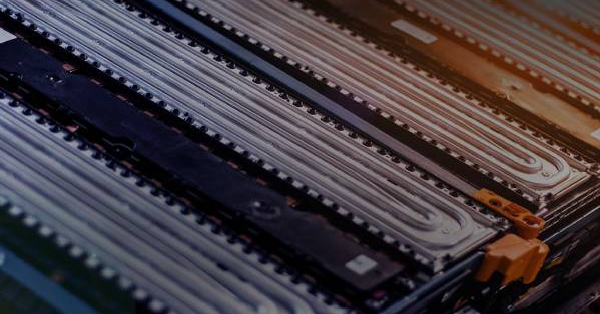The system, combined with use of bio-LNG as fuel, reaches the expected results in terms of CO₂ reduction
RINA confirms that the CO₂ reduction achieved by the new Molten Carbonate Fuel Cells (MCFC) technology for Carbon Capture (CC)in shipping, matches expected targets announced by the company at the beginning of the project.
The system, developed by Ecospray, uses the bio-LNG as fuel for the MCFC technology, which can be fueled with hydrogen, methanol and ammonia or fossil LNG. But a plus of this technology consists in the use of CO2 – neutral or negative.
This technology, launched by Ecospray in June 2022, enables the capture of CO2 at the same time as energy production. As such, these technologies are considered strategic in the context of the energy transition.
The analysis
The Ecospray’s analysis, in collaboration with the Department of Civil, Chemical and Environmental Engineering of Genoa, considers complete CO2 lifecycle resulting from following processes:
- Ship engine operation
- Bio-LNG production
- Bio-LNG processing through a steam reformer to obtain H2 rich gas
- MCFC reaction
- Capture/Liquefaction of the CO₂
And it concludes that a MCFC cell of 500kW fed with “super bio-LNG” (a bio-LNG for which the CO2 is captured during the production process) can cut the CO₂ equivalent emissions of a 10 MW engine by 20%.
The process combines the effect of using a bio-LNG, for which the CO2 has been captured, with the high-efficiency and carbon negative power generation capability of the system “MCFC fuel cell with the CO₂ capturing feature”, a peculiarity of this specific type of fuel cell granted by its specific electrochemical composition.









































